It is A GAME OF CODES, really. The ‘secret’ language teases. But when decoded there is a story, a history to be told identifying a family and its stature, be they papal, ecclesiastical or noble. The language decoded informs history, and invariably shows in the form of a visual language.
A simple translation of the word stemma (singular) is, in essence, a family seal or coat-of-arms. They are most often in high or low relief and attached or sculpted onto oval-shaped shields. They are positioned and placed everywhere, including on column capitals, bollards, tombs, in marble pavements inside palaces, villas, churches, and outside in gardens. Stemmi (plural) often crown the top of fountains and obelisks. They can be found in the coffered ceilings in both paint and high relief, as if rosettes. Stemmi are carved in travertine or marble, some in stucco (plaster), cut into wood and displayed in the ceiling decorations of villas, palazzi and churches. Once you start to notice this apparently cryptic visual information, you can start to play the game. It requires visual acuity and a good memory, but pictorial charts, especially papal ones (such as on page 7), help a lot and are the best way to begin. Stemmi are not mere decorative elements, although they may present themselves as such; rather they are representative of a building’s or monument’s patronage or a nobleman’s and his family’s power and wealth. They tell stories.
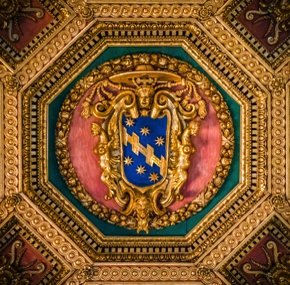

Page 1
The "Secret" Language: The Italian Stemma
Judith DiMaio
Adapted from a presentation at
The Seaside Pienza Institute, Pienza, Italy June 2007
"Pienza—Legacies: Continuity and Change"
Click monogram to return to home page
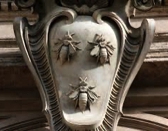


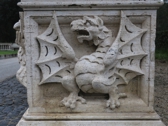

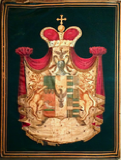
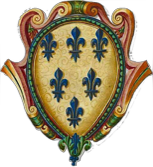
Aldobrandini thunderrbolt and stars
Barberini bees
Borghese dragons
della Rovere oak
Colonna column
Farnese fleurs-de-lis
Pamphili doves
Note:
See page 7 for Image credits
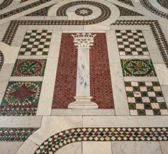

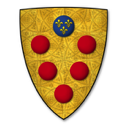
Medici six palle
Chigi mounds and star

Albani hills, star, and band
With this in mind, the encoded language is represented by: columns (Colonna family); oak trees (della Rovere family); six balls or spheres (Medici family); fleurs-de-lis (Farnese family); thunderbolts and stars (Aldobrandini family); dragons and eagle (Borghese family); there is the triumvirate of three bees (Barberini family); there are doves holding laurel sprigs in their beaks (Pamphili family); mounds in pyramidal shapes–the six mounded representation is always crowned with a multi-pointed star (Chigi family); then there is the three-mounded representation, also crowned by a star, and divided in two by a horizontal band (Albani family), to mention some of the more prominent families and their stemmi. Almost all of these families have one or more members that were elevated to the papacy.